When you’re struggling to make ends meet, an unexpected bill or emergency expense can feel like a major financial crisis—one that can quickly spiral into debt. That’s why learning how to build an emergency fund is one of the smartest steps you can take toward greater stability and peace of mind.
Inside this article:
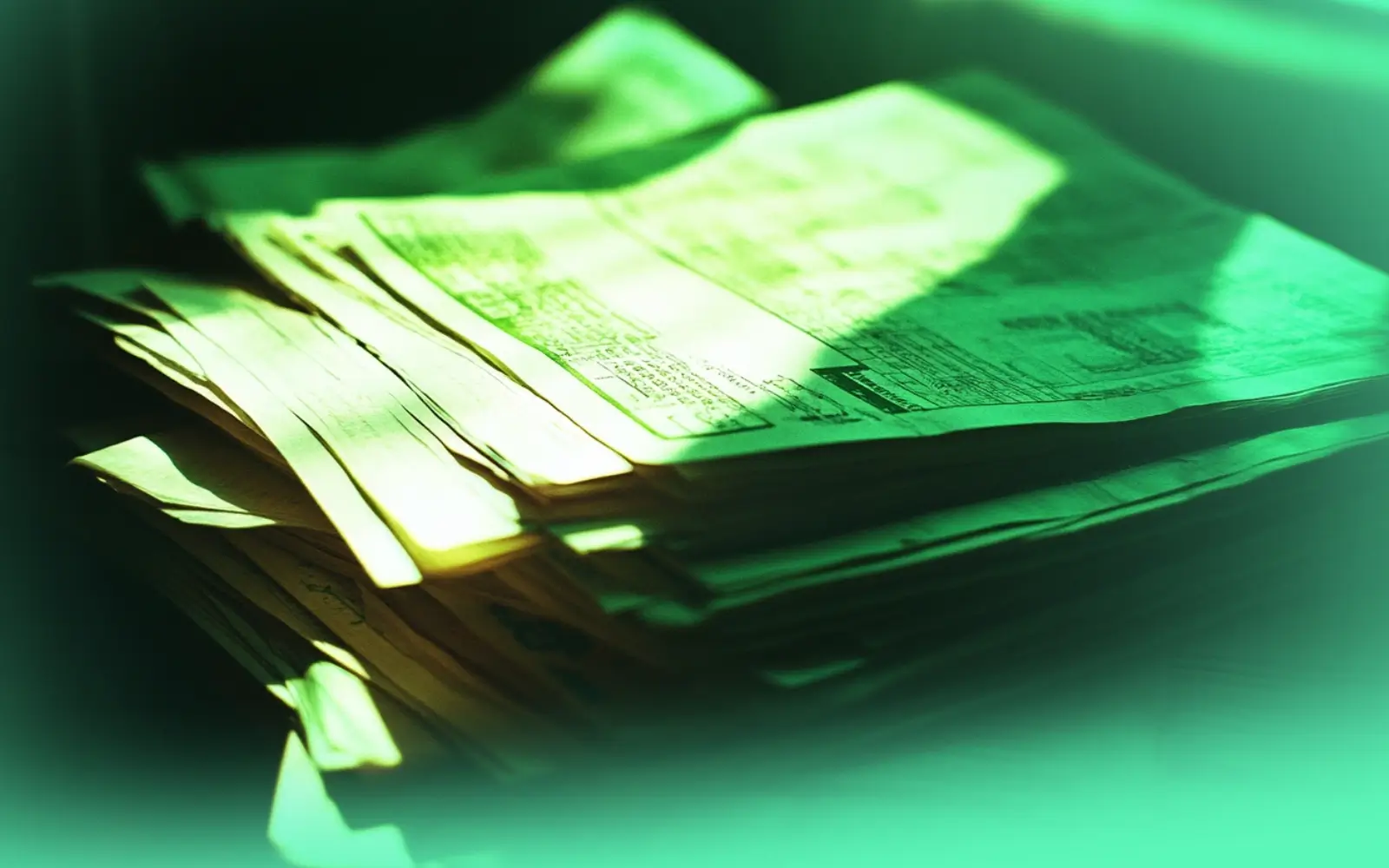
1. What Is an Emergency Fund?
An emergency fund is money set aside specifically for unexpected expenses or financial emergencies. Think of it as your personal financial shock absorber—it helps you navigate rough patches without veering off course. The main goal of an emergency fund is to provide readily accessible cash to cover unexpected expenses or financial emergencies.
When money is already tight, the thought of setting aside “extra” cash might seem impossible. This challenge is real, but overcoming it could transform your relationship with money and reduce your financial stress.
A 2025 U.S. News survey found that 42% of people don’t have an emergency fund at all, and 40% wouldn’t be able to cover a surprise $1,000 expense using cash or savings. Building even a small emergency fund can put you ahead of nearly half of Americans and provide crucial financial protection
Explore how your mindset affects your financial journey: 10 Powerful Steps from Debt to Financial Freedom examines how breaking through mental barriers can accelerate your path to financial security.
Key Takeaway: An emergency fund serves as your financial buffer against life’s unexpected expenses, providing peace of mind even when saving seems impossible.
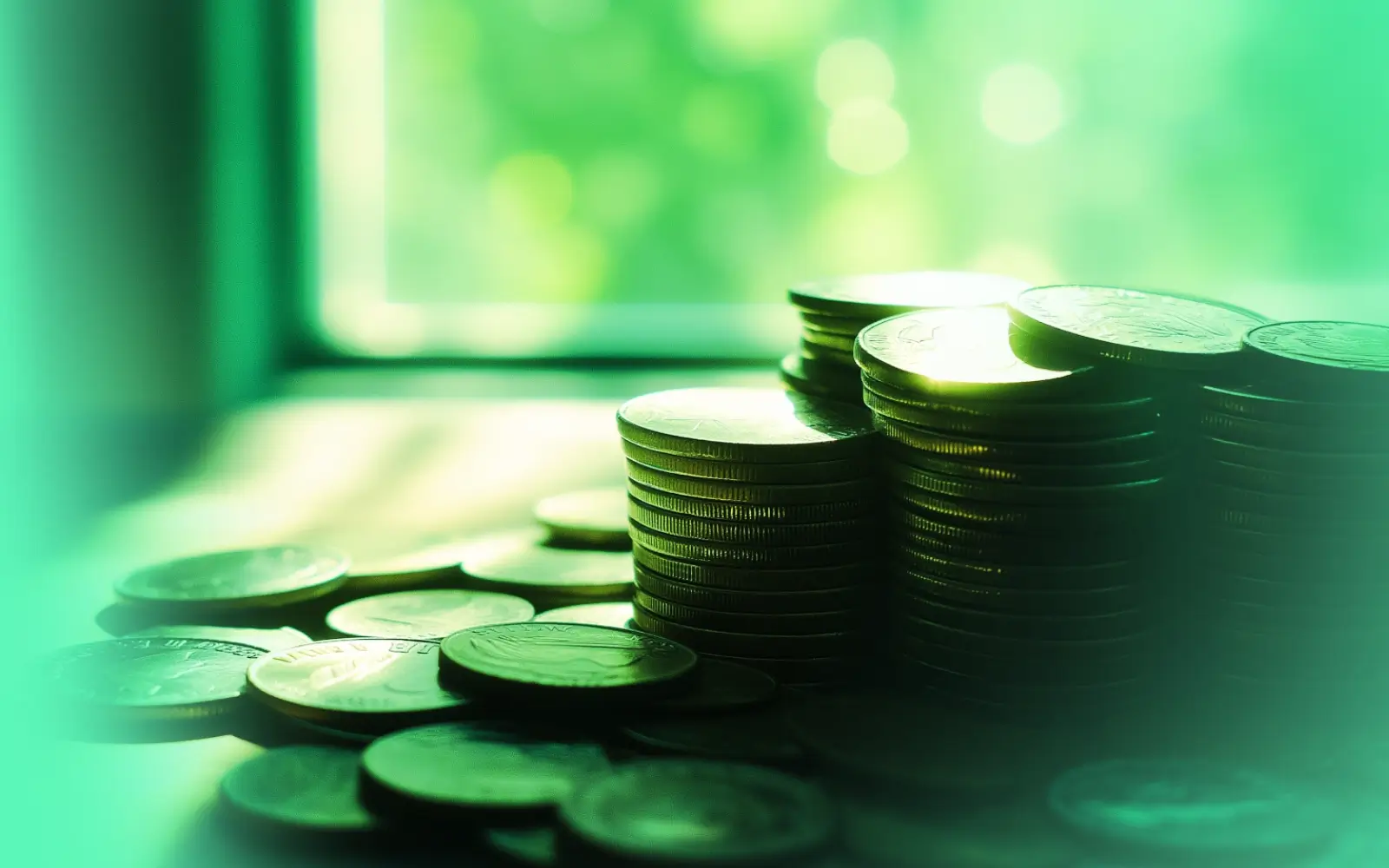
2. Why Have an Emergency Fund?
Life has a way of throwing financial curveballs when we least expect them. Your car breaks down on the way to work. Your refrigerator stops cooling overnight. Without savings to fall back on, these situations often force tough choices: take on debt, miss bill payments, or forgo essential needs.
Even a small emergency fund can help you:
- Reduced stress and anxiety about unexpected expenses
- Feel more in control of your money
- Avoid debt and protects against paying high interest
- Greater confidence in your financial future
- Solid foundation for building longer-term financial goals
The sense of control that comes from having even a modest emergency fund can dramatically improve your quality of life. This isn’t just about surviving emergencies—it’s about taking the first step toward genuine financial independence.
The importance of emergency savings has become even more evident in recent years. According to Bankrate’s 2025 Emergency Savings Report, more than 1 in 3 Americans needed to tap their emergency savings in the past year, often for daily expenses and monthly bills. Without these funds, many would have faced high-interest debt or financial hardship.
For strategies to manage financial anxiety while building security: Financial Wellness: Overcoming Money Stress and Building Financial Confidence provides techniques to improve your relationship with money while strengthening your financial position.
Key Takeaway: An emergency fund not only protects you financially but also improves your mental wellbeing by reducing stress and providing a sense of control over your future.
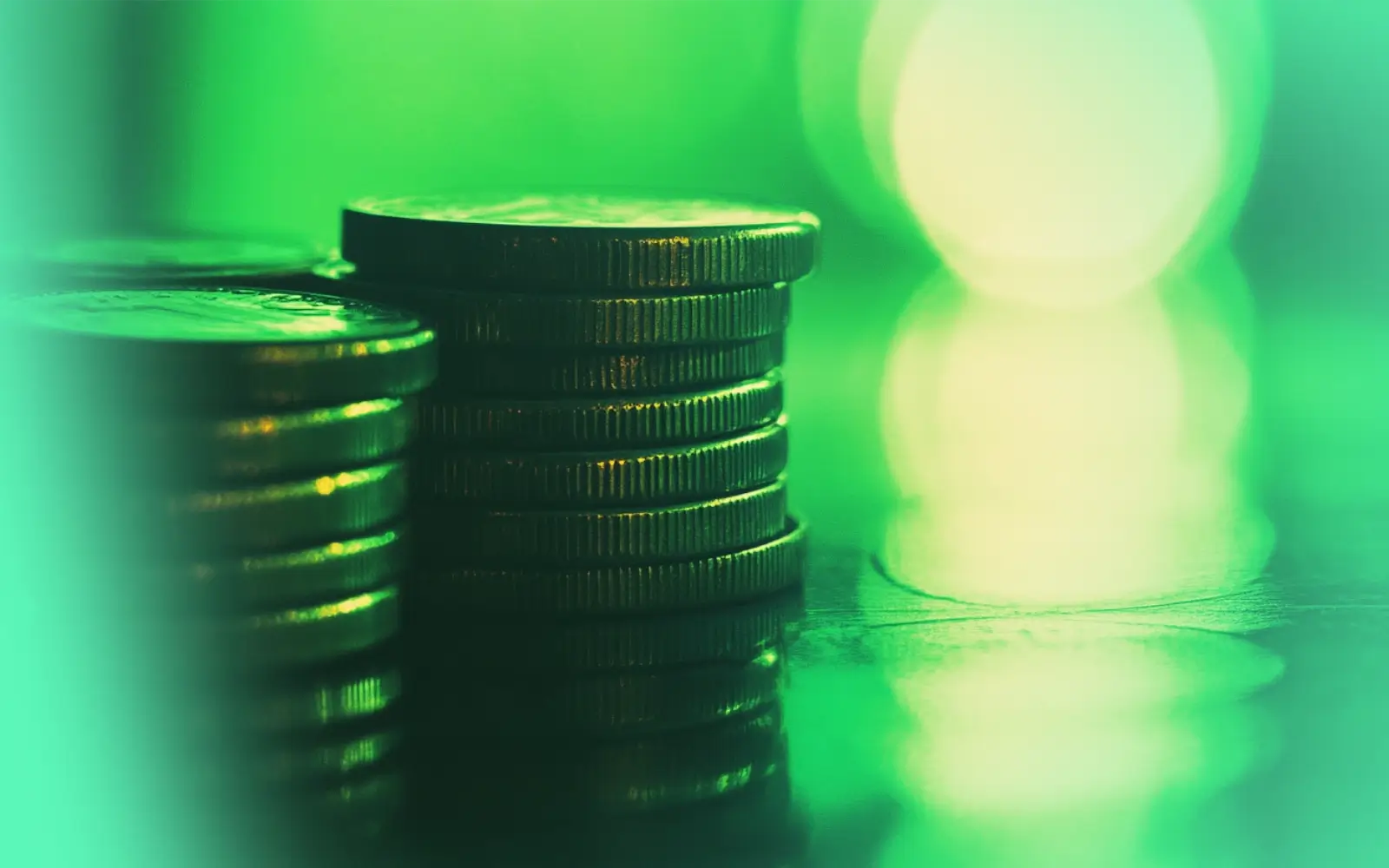
3. Track All Your Money
Before you can build an emergency fund, you need to know exactly where your money is going. This awareness is your financial superpower, especially when resources are limited.
Start by tracking every expense for at least two weeks using:
- Free budgeting apps – YNAB (You Need a Budget), Pennies, GoodBudget and more.
- A simple free spreadsheet on your computer – Google Sheets, Apple Numbers, Zoho Sheets, and others.
- Bank and credit card statements to review past spending
As you track your expenses, look for “money leaks”—small, recurring expenses that drain your resources without adding any significant value to your life:
- Unused subscriptions
- Frequent convenience purchases
- Banking fees
- Emotional spending
These seemingly small expenses can potential add up to large amount each month—money that could be redirected to your emergency fund.
To develop greater awareness about your spending patterns: Smart Spending: Build Healthy Financial Habits for a Debt-Free Future offers insights into creating intentional spending habits that align with your financial priorities.
Key Takeaway: Tracking your spending reveals hidden opportunities to save that can help fund your emergency savings even on a tight budget.

4. Create a Mini Budget with Priorities
Now that you understand your spending patterns, it’s time to create a streamlined budget that prioritizes your emergency fund. When money is tight, try this simplified approach:
- List your essential expenses (housing, utilities, food, transportation, medical needs)
- Identify your income from all sources
- Calculate the gap between income and essential expenses
- Allocate a portion of any remaining funds to your emergency fund
Consider adapting the popular 50/30/20 rule for budgeting. This typically recommends spending 50% on needs, 30% on wants, and 20% on savings. Now this approach may be difficult when money is limited, so adjust to 70/20/10 or even 80/15/5, with that smallest percentage dedicated to your emergency fund. Try using a 50/30/20 budget calculator to see how much you should be aiming to save.
The key is making saving your main priority. This isn’t always easy but even if you can set aside $5 or $10 per paycheck, treating your emergency fund contribution as a required “bill” will help build the saving habit and grow your emergency fund.
If you need more ideas on how to save look at out article: 12 Simple Ways to Cut Your Monthly Expenses These simple ways can help cut your monthly expenses without sacrificing what matters most in your life.
Key Takeaway: A simplified budget that treats savings as non-negotiable, even at just 5% of income, builds the foundation for financial security.

5. Find Hidden Money
When every dollar is already accounted for, building an emergency fund requires creativity. It’s time to get creative and hunt for “hidden money” in your financial life.
Cut non-essentials temporarily:
- Downgrade or pause streaming services (save $5-15/month per service)
- Brown-bag lunches instead of buying (save $25-50/week)
- Reduce grocery costs with meal planning and store brands (save 15-30%)
Negotiate existing bills:
- Ask for retention offers on phone and internet plans
- Request lower rates on insurance policies
- Call about banking fee waivers
Find small income boosts:
- Sell unused items around your home
- Take on side gigs that fit your schedule
- Offer services based on skills you already have
These small adjustments don’t need to be permanent lifestyle changes. Think of them as short-term ways to jumpstart your emergency fund.
For more ways to optimize your daily spending: Smart Spending: Tips for Managing Day-to-Day Expenses provides additional strategies to reduce expenses without sacrificing quality of life.
Key Takeaway: Finding hidden money through temporary cutbacks, bill negotiations, and small income boosts can accelerate your emergency fund growth without drastically changing your lifestyle.
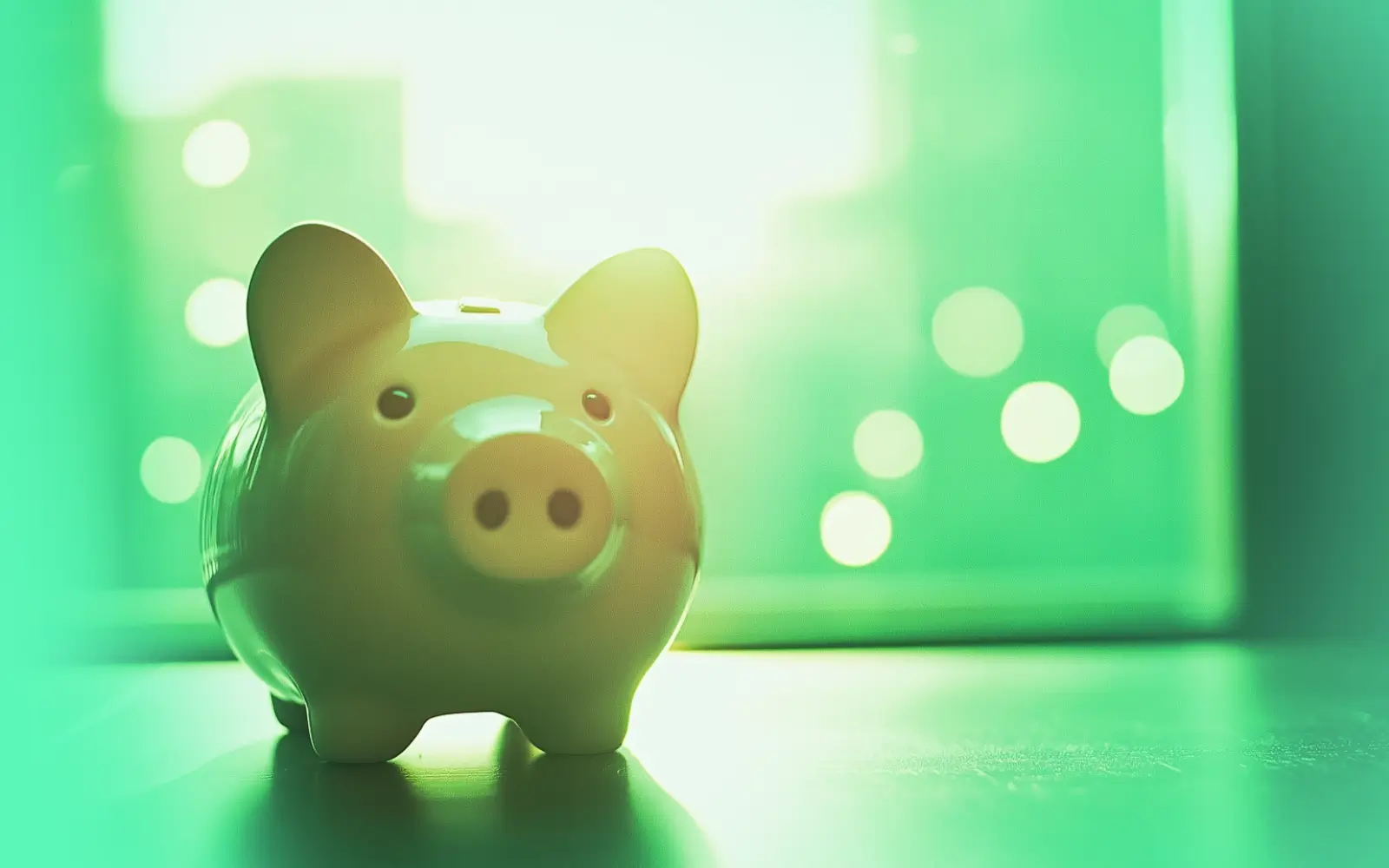
6. Protect Your Emergency Fund
Once you start building your emergency fund, the next challenge is protecting it—both from external threats and from yourself.
Set up a dedicated account: Your emergency fund should be separate from your checking account to reduce the temptation for casual withdrawals.
- A high-yield savings account at an online bank
- A different bank from your primary checking account
- An account without debit card access
Automate your savings:
- Schedule transfers to coincide with paydays
- Start with whatever amount feels sustainable
- Use round-up features that save small amounts with each purchase
Define clear guidelines for what constitutes a true emergency:
- Unexpected medical expenses
- Essential car or home repairs
- Job loss or income reduction
By creating clear boundaries around your fund, you protect it from impulse decisions and ensure it’s available when genuinely needed.
When you’re ready to take your financial security to the next level: How to Build Wealth: From Saving to Investing shows how your emergency fund can become the foundation for building lasting wealth.
Key Takeaway: Protecting your emergency fund through dedicated accounts, automation, and clear guidelines ensures the money will be there when you truly need it.
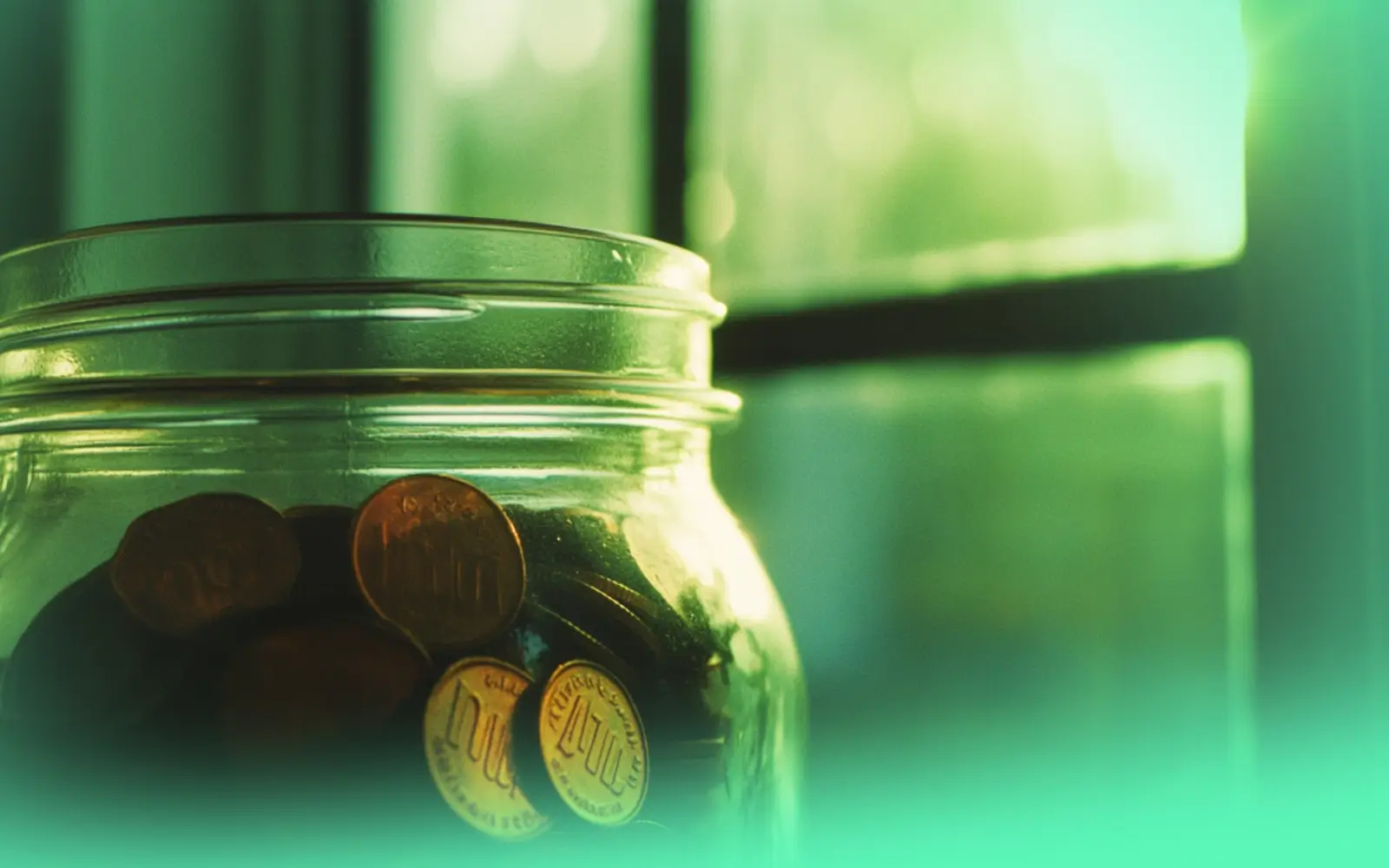
7. Build the Habit, Not Perfection
When money is tight, the most important aspect of creating an emergency fund isn’t the amount—it’s the consistency—the savings habit. Strong financial habits are formed through small, repeated actions rather than occasional grand gestures.
Start with whatever you can manage, even if it seems small and insignificant. Even a small contribution of $5 a week adds up to $260 a year plus interest. That might not cover a major emergency, but it could handle a simple car repair or unexpected bill that might otherwise put you in debt.
With each contribution, you’re developing:
- Financial discipline that transfers to other money goals
- A mindset that prioritizes future security over immediate wants
- Confidence in your ability to overcome financial challenges
Celebrate small milestones along the way: your first $100, one month of expenses, or whatever targets feel meaningful to you.
To understand the psychology behind successful saving habits: The Power of Habit: How to Build and Break Habits for Growth explores how to create sustainable financial behaviors.
Key Takeaway: Consistency matters more than amount when building an emergency fund—small, regular contributions create both financial security and valuable money habits.
8. Creating Your Emergency Fund
Now it’s time to put everything together into an actionable plan:
- Start today: Open a dedicated savings account specifically for emergencies.
- Set a starter goal: Aim for 2-4 weeks salary, which can handle many emergency expenses.
- Automate what you can: Set up a recurring transfer, even if it’s just a few dollars.
- Find one expense to cut: Identify a single unnecessary expense to redirect to savings.
- Review and adjust: Review monthly and look for new saving opportunities.
- Protect against impulsiveness: Create barriers to stop you withdrawing funds.
- Don’t get discouraged: Remember that slow progress is still progress.
Financial security isn’t built overnight, especially when resources are limited. But with persistence and creativity, you can create a meaningful financial buffer that transforms how you experience life’s inevitable challenges.
Every thing you save is a step toward financial control, it isn’t about having everything figured out. It’s about taking the next step in the right direction, however small.
For guidance on integrating your emergency fund into your broader financial plans: How to Set and Achieve Financial Goals That Align with Your Life Purpose helps you connect your money decisions with what truly matters to you.
Creating a simple, actionable emergency fund plan with specific steps makes financial security achievable even when money is tight.
Important Disclaimer:
This article is for educational purposes only and should not be considered financial advice. This article is designed to help you understand investing fundamentals and develop a framework for thinking about your financial future. Every individual’s financial situation, goals, risk tolerance, and time horizon are unique. Before making any investment decisions, consider consulting with a qualified financial advisor who can provide personalized guidance based on your specific circumstances.
Past performance does not guarantee future results. All investments carry risk, including the potential loss of principal. Market conditions, economic factors, and individual circumstances can significantly impact investment outcomes. The examples and scenarios presented in this guide are illustrative and based on historical averages—actual results will vary.
Not all investment strategies are appropriate for all investors. What works for one person may not work for another. This guide should serve as a starting point for your financial education, not a substitute for professional financial advice tailored to your situation.
Helpful Resources:
-
NAPFA: Connects consumers with fee-only fiduciary financial advisors who must put client interests first
-
CFP Board: Directory of Certified Financial Planner professionals with strict ethics and education standards
-
Investor.gov: Education initiative from the SEC and FINRA offering free resources on investments
-
JumpStart: Nonprofit dedicated to financial education with curated resources and tools
-
Money Helper: Government-backed financial guidance and planning tools





